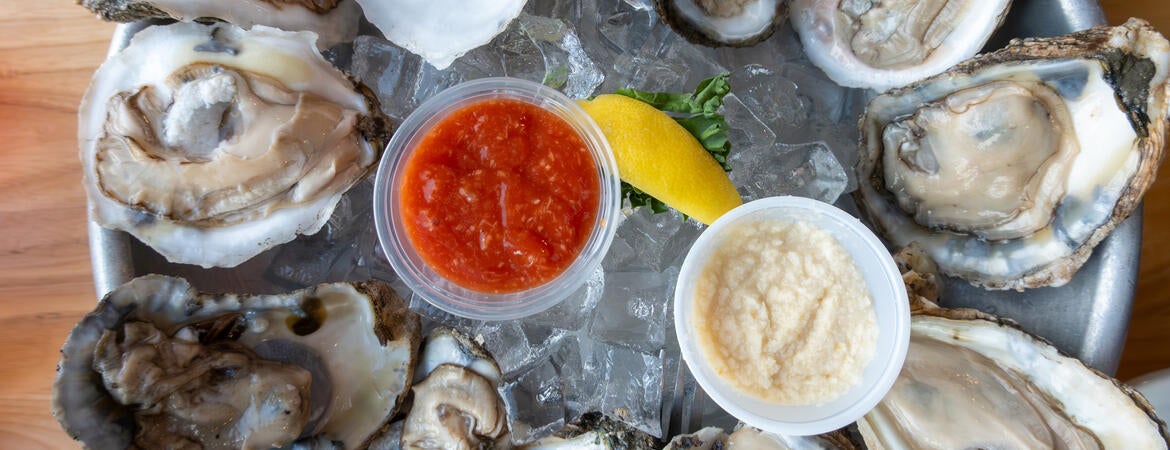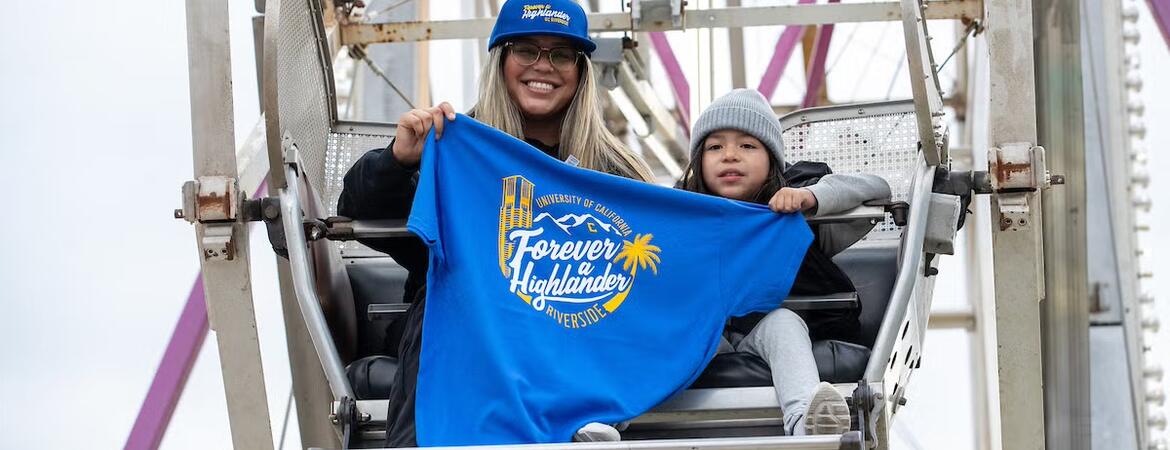When Harvest Shared Service Center (HSSC) was formed in July 2013, the Academic Personnel Services (APSU) division was formed to coordinate and streamline Academic services for the College of Natural and Agricultural Sciences (CNAS).
College Analyst Reviewer for all Academic Personnel Actions for Decanal Approval
-
Merit & Promotion Files
-
eFilePlus
-
Active Service Modified Duties (ASMD)
-
Stop the Clock (STC) Requests
-
Instructional Workload Credits (IWC)
-
Labor Relations (Academic)
-
Outside Activities (APM 025)
-
Summer Salary & Additional Compensation
-
Course Buyouts
Academic Personnel (AP) Department Assistants
-
Non-Senate Appointments & Reappointments (Postdocs, Specialists, Researchers, Project Scientists, Academic Coordinators, Visiting Scholars, etc.)
-
Leaves & Sabbaticals
-
Visas
-
Academic Recruitments (AP Recruit: Senate & Non-Senate)
-
Academic Appointment Files (Senate & Cooperative Extension)
-
Recall Appointments
-
Summer Session Appointments
CNAS Departments
Please select department for more information / assistance:
Have a Medical Leave? Please contact our Medical Leave Specialist for all medical related leave questions:
Do you have a different question? Please contact our Payroll Specialists or HR Generalists.
Have a Payroll related question? Have a Human Resources related question?
payroll human resources
CNAS Science News

November 19, 2025
New type of DNA damage found in our cells’ powerhouses
A previously unknown type of DNA damage in the mitochondria, the tiny power plants inside our cells, could shed light on how our bodies sense and respond to stress. The findings of the UC Riverside-led study are published today in the Proceedings of the National Academy of Sciences and have potential implications for a range of mitochondrial dysfunction-associated diseases, including cancer and diabetes.

November 12, 2025
When ants battle bumble bees, nobody wins
When bumble bees fight invasive Argentine ants for food, bees may win an individual skirmish but end up with less to feed the hive.

November 04, 2025
Half-billion-year-old parasite still threatens shellfish
A new study has unexpectedly discovered that a common parasite of modern oysters actually started infecting bivalves hundreds of millions of years before the dinosaurs went extinct.

October 29, 2025
'Roll Out’ to UCR Homecoming 2025
Lock in this November with UC Riverside’s Homecoming 2025. The most anticipated celebration is an on-campus concert featuring 2000s hip-hop icon Ludacris. (Yup, THAT Ludacris!) Select campus groups will also host a barbecue, brunch, cookout, family weekend, and more. Here are all the ways you can join in the fun.
